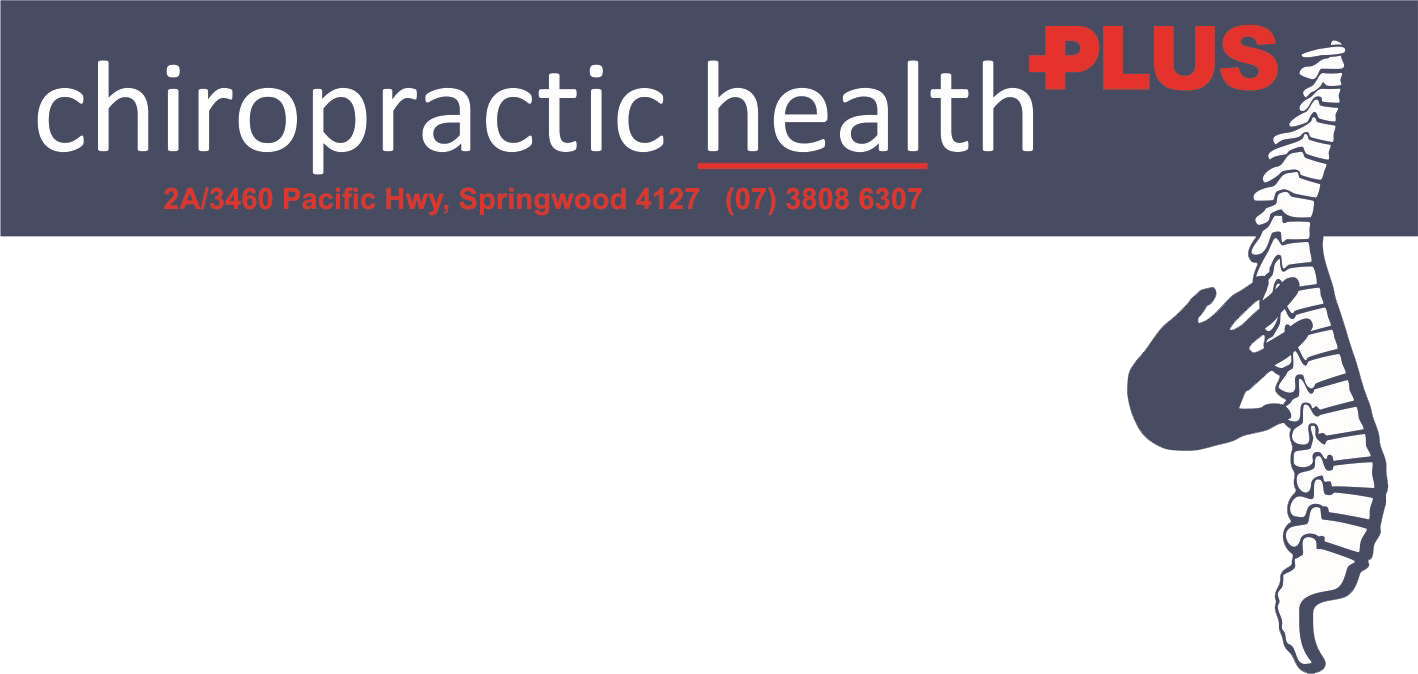What is Chiropractic?
Chiropractic is a health care discipline based on the scientific premise that the body is a self-regulating, self-healing organism. These important functions are controlled by the brain, spinal cord, and all the nerves of the body. “Chiropractic” comes from the Greek word Chiropraktikos, meaning “done by hand.” The practice of Chiropractic focuses on the relationship between structure (primarily the spine, and pelvis) and function (as coordinated by the nervous system) and how that relationship affects the preservation and restoration of health. The skull protects the delicate tissues of the brain. The moving bones of the spine protect the intricate communication pathways of the spinal cord and nerve roots. If these nervous system pathways are impaired, malfunction of the tissue and organ function throughout the body can result. Chiropractic also places an emphasis on nutrition and exercise, wellness* and healthy lifestyle modifications.
How does Chiropractic work?
Chiropractic is based upon the understanding that good health depends, in part, upon a normally functioning nervous system. Chiropractic works by helping to restore your own inborn ability to be healthy. When under the proper control of your nervous system, all the cells, tissue, and organs of your body are designed to function well and resist disease and ill health. The Chiropractic approach to better health is to locate and help reduce interferences to your natural state of being healthy. A common interference to the nervous system is the twenty four moving bones of the spinal column. A loss of normal motion or position of these bones can irritate or impair the function of the nervous system. This can disrupt the transmission of controlling nerve impulses. Chiropractors aim to improve nervous system function primarily through Chiropractic adjustments (with particular attention to the spine, skull and pelvis), to help remove any interference that may be impairing normal health.
Do Chiropractic treatments hurt?
Under normal circumstances, chiropractic adjustments are painless. In cases of recent trauma, such as whiplash, mild discomfort may be experienced due to inflammation. It is also common to feel a brief sensation in the extremities immediately following an adjustment due to the sudden decompression of the affected nerve root.
Ice or Heat?
One of the most common questions asked of a chiropractor is “Should I be putting ice or heat on my injury?” So we have put together some guidelines of when it is appropriate to use ice or heat in reducing pain from an injury.
There is no standard answer as it depends on how long the inflammation has been present, how long the area is inflamed, the client’s age and if swelling is present. What we can say from observation and experience is that heat is often applied at the wrong time and when joints are too inflamed to be having more heat applied to them.
Benefits of Ice
Ice decreases pain, swelling and bleeding. Use following an acute injury when swelling and bruising is present and when inflammation and muscle spasms are present. Whenever you experience swelling, redness or sharp / stabbing pain it is generally considered best to apply ice.
Ice should be applied over the inflamed area in the acute or early stages of your problem. Place ice cubes in a plastic bag or use a professionally prepared ice pack. Place a damp face washer or tea towel over the problem area then place the ice pack on the material covering.
Use 10 minutes on then 10 minutes off, at least 3 times. Keep alternating. Repeat until symptoms ease – usually for 24 – 48 hours. Following this you should alternate with ice and heat. Heat is an effective therapy for reducing muscular tension and pain and is best used AFTER the initial inflammation has subsided. If in doubt, contact your Chiropractor.
Benefits of Heat
Heat therapy stimulates vasodilation, the enlarging of blood vessels to bring more blood to an injured area, thereby encouraging healing and repair while relaxing the soft tissues. Heat has a pain reducing quality.
- Heat is generally sedating because of its ability to lower the transmission of pain signals and ease tense muscles.
- Heat enlarges blood vessels around a painful area, adding oxygen and nutrient flow to the muscles which helps heal damaged tissue.
- Heat also decreases stiffness and increases flexibility which is most important in a healthy back to help you regain your quality of life.
Never apply heat to bruises or muscles stains (acute injury) in the first 24 hours after injury. Heat may increase any local bleeding and/or inflammation, causing increase in pain.
Be careful to avoid burns, especially when using microwaves to heat up wheat bags and gel packs as microwaves are still active for approximately 2 minutes after. Allow a few minutes after removing the heated object from the microwave to rest a couple of minutes.
